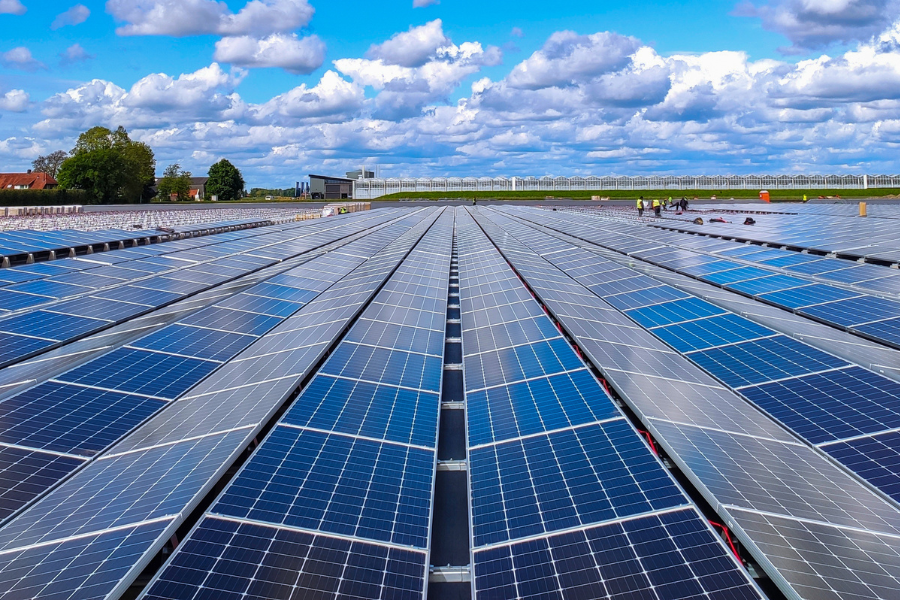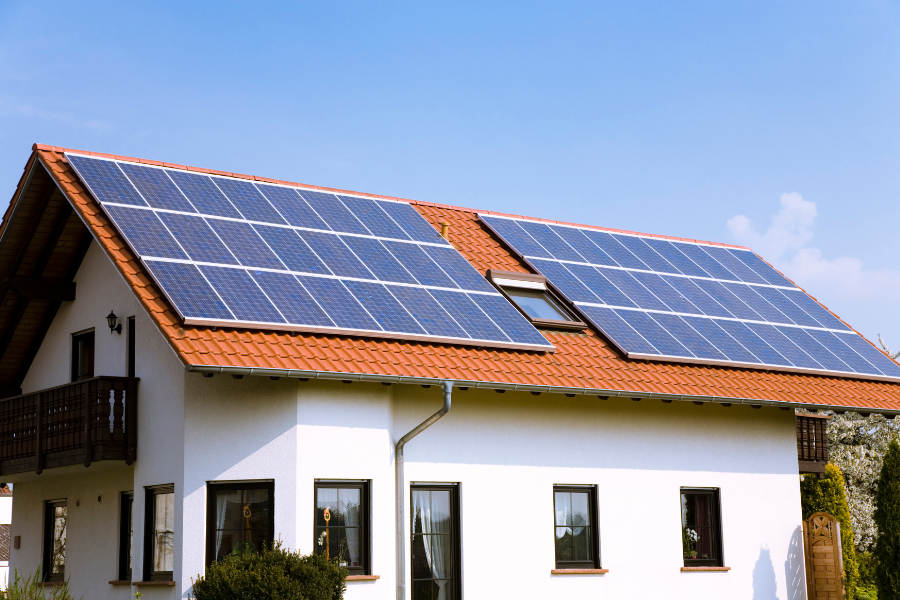- Installation & Maintenance
Solar Panel Maintenance and Installation Cost Philippines 2025
Switching to solar energy in the Philippines is a smart investment, but understanding installation and maintenance costs is key. This guide breaks down pricing for different home sizes, expected upkeep costs, and essential considerations like roof condition. Maximize savings and efficiency by choosing quality components and regular maintenance.
Share to:

Introduction
Solar energy is gaining traction in the Philippines as a sustainable and cost-effective power solution. Understanding the costs associated with installation and maintenance is crucial for homeowners and businesses considering this investment.
Installation Costs
Small Houses (₱400,000 and below): A typical setup includes a 2kWp system with 5 solar panels, covering approximately 12m². This system suits homes consuming around 224kWh monthly, with costs ranging from ₱150,000 to ₱210,000.
Medium-Cost Houses: Usually equipped with a 4kWp system comprising 10 panels over 17m², ideal for monthly consumptions of 448kWh. Installation costs are between ₱300,000 and ₱420,000.
Large Houses: Systems vary, but an average setup might be a 15kWp system with 38 panels covering 86m², costing between ₱900,000 and ₱1,260,000. Larger installations can include up to 75 panels (30kWp), with costs reaching ₱1,800,000.
Maintenance Costs
Annual maintenance is recommended to ensure optimal performance. Costs per visit vary by system size but average around ₱2,500. Services include cleaning panels and inspecting inverters and breakers. Regular maintenance helps prevent efficiency losses and extends system longevity.
Additional Considerations
- Waterproofing or Reroofing: While not always necessary, older or poorly maintained roofs may require waterproofing before installation to prevent leaks. This is especially pertinent for tiled roofs, where drilled holes can lead to water accumulation.
Investing in solar energy in the Philippines involves understanding these costs and considerations. By selecting quality components and scheduling regular maintenance, homeowners can maximize their return on investment and contribute to a sustainable future.
Table of Contents
Subscribe to our Newsletter
Latest
From the Blog
The latest industry news, interviews, technologies, and resources.



